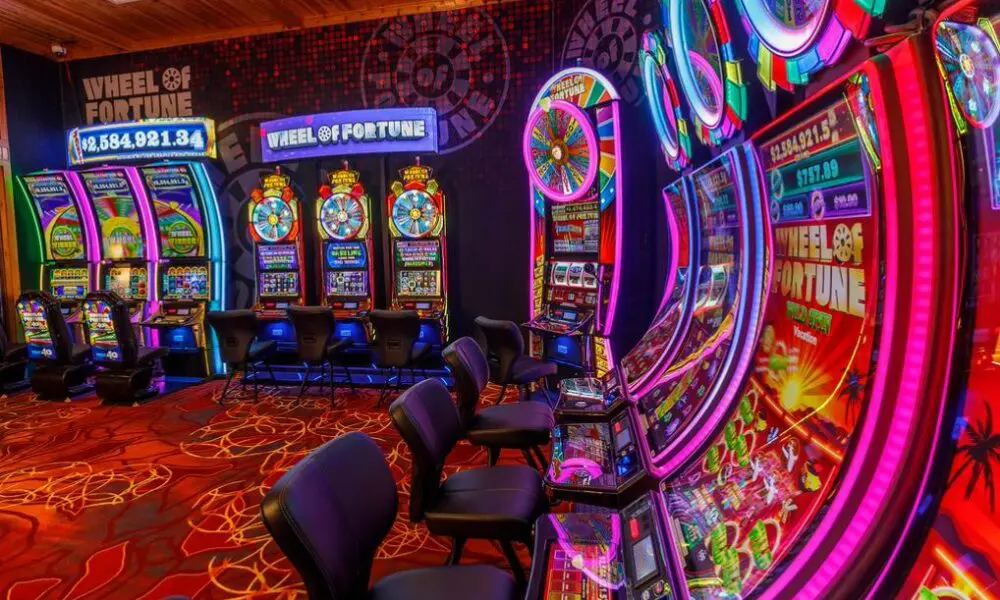The transformation of slot game graphics from basic 2D symbols to sophisticated 3D environments represents one of the most significant advancements in online gaming history. This evolution has fundamentally changed how players interact with slot games, creating immersive experiences that rival modern video games in visual quality and engagement.
Early 3D implementation
The first attempts at incorporating 3D graphics in slot games emerged in the late 2000s, with simple rotating symbols and basic depth effects. While primitive by today’s standards, these early innovations built the foundation for more advanced approaches. Developers experimented with pseudo-3D effects, using layered 2D elements to create the illusion of depth and dimension.
Advanced rendering technology
Modern slot development employs sophisticated rendering engines capable of producing real-time 3D graphics. These engines enable smooth animations, dynamic lighting effects, and complex particle systems that create atmospheric environments. Game symbols now feature intricate details and fluid animations, while backgrounds incorporate depth and perspective that respond to gameplay events. For additional information, เว็บสล็อต pg.
Character animation development
The evolution of 3D graphics has enabled the creation of detailed character models that serve as game mascots and bonus feature hosts. These characters display complex emotions through facial animations and body movements, adding personality to the gaming experience. Advanced rigging systems allow for smooth, natural character movements that enhance storytelling elements.
Environmental design
Modern 3D slots feature fully realized environments that extend beyond the reels. Developers create detailed worlds with atmospheric effects like floating particles, dynamic weather systems, and responsive scenery. These environments often change based on game states, transitioning seamlessly between the base game and bonus features.

Cinematic integration
The advancement of 3D graphics has enabled the integration of cinema-quality cutscenes and transitions. These sequences maintain visual consistency with gameplay while delivering narrative elements and celebrating significant wins. Modern rendering technology allows this cinematics to play smoothly without interrupting the gaming experience.
Material and texture innovation
Contemporary 3D slot development utilizes advanced material systems that create realistic surface properties for game elements. Metals gleam with appropriate reflections, fabrics display accurate textures, and gemstones refract light naturally. These details contribute to the overall visual quality and help maintain player immersion.
Dynamic lighting systems
Modern 3D slots employ sophisticated lighting engines that create atmospheric effects and highlight important game events. Real-time shadows, dynamic glow effects, and volumetric lighting enhance the gaming environment. These lighting systems respond to gameplay events, enhancing the visual impact of wins and feature triggers.
Performance optimization
Developers have made significant strides in optimizing 3D graphics for various devices. Modern slots maintain visual quality while adapting to different hardware capabilities, ensuring smooth performance across platforms. Advanced level-of-detail systems automatically adjust graphic complexity based on device capabilities and viewing distance.
User interface integration
3D elements are now seamlessly integrated into game interfaces, creating cohesive visual experiences. Buttons and information displays feature subtle depth effects that complement the main game graphics while maintaining usability. These interfaces adapt smoothly between different screen orientations and sizes. This ongoing evolution of 3D graphics in slot development demonstrates the industry’s commitment to creating more engaging and visually impressive games.

